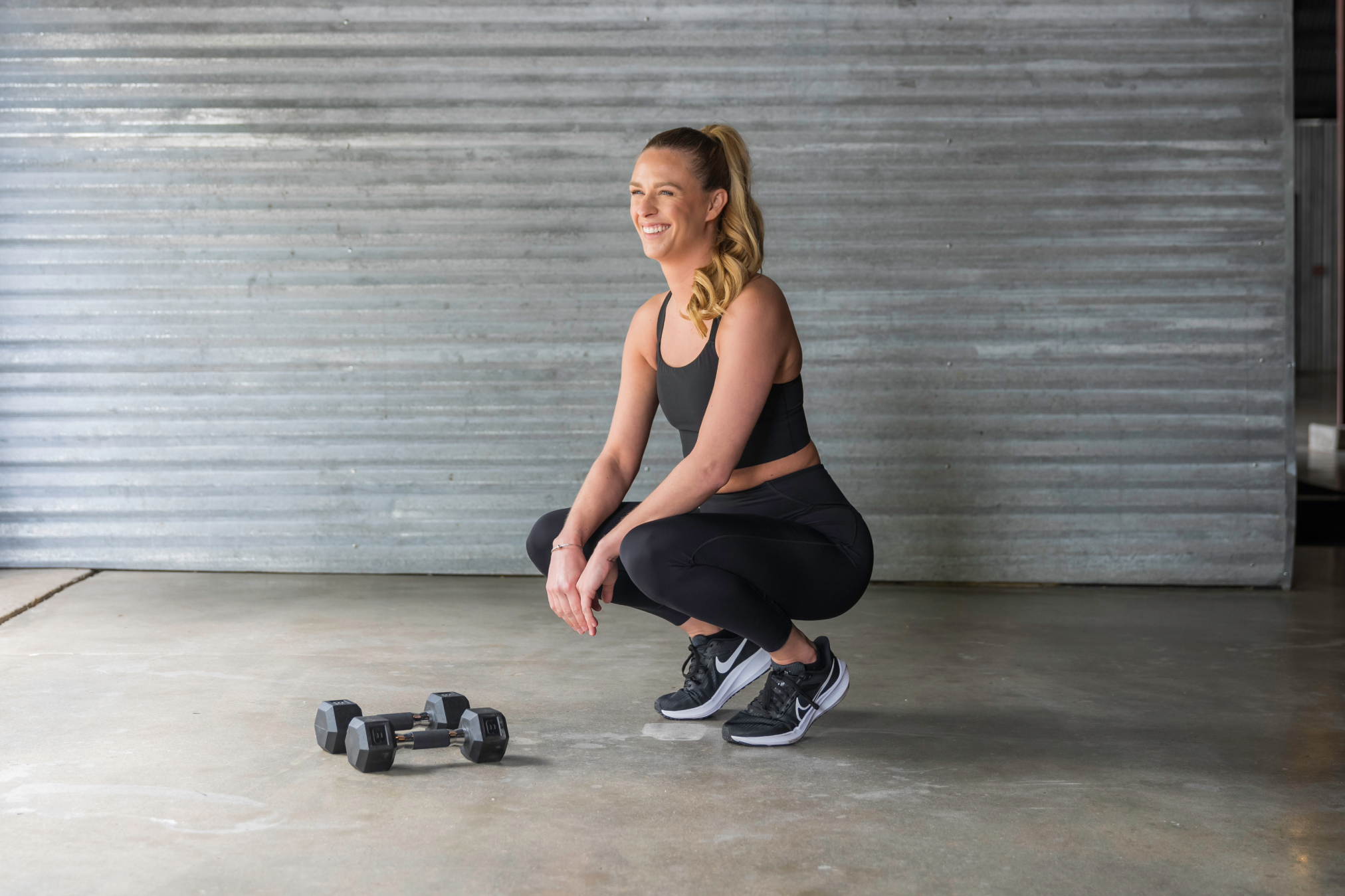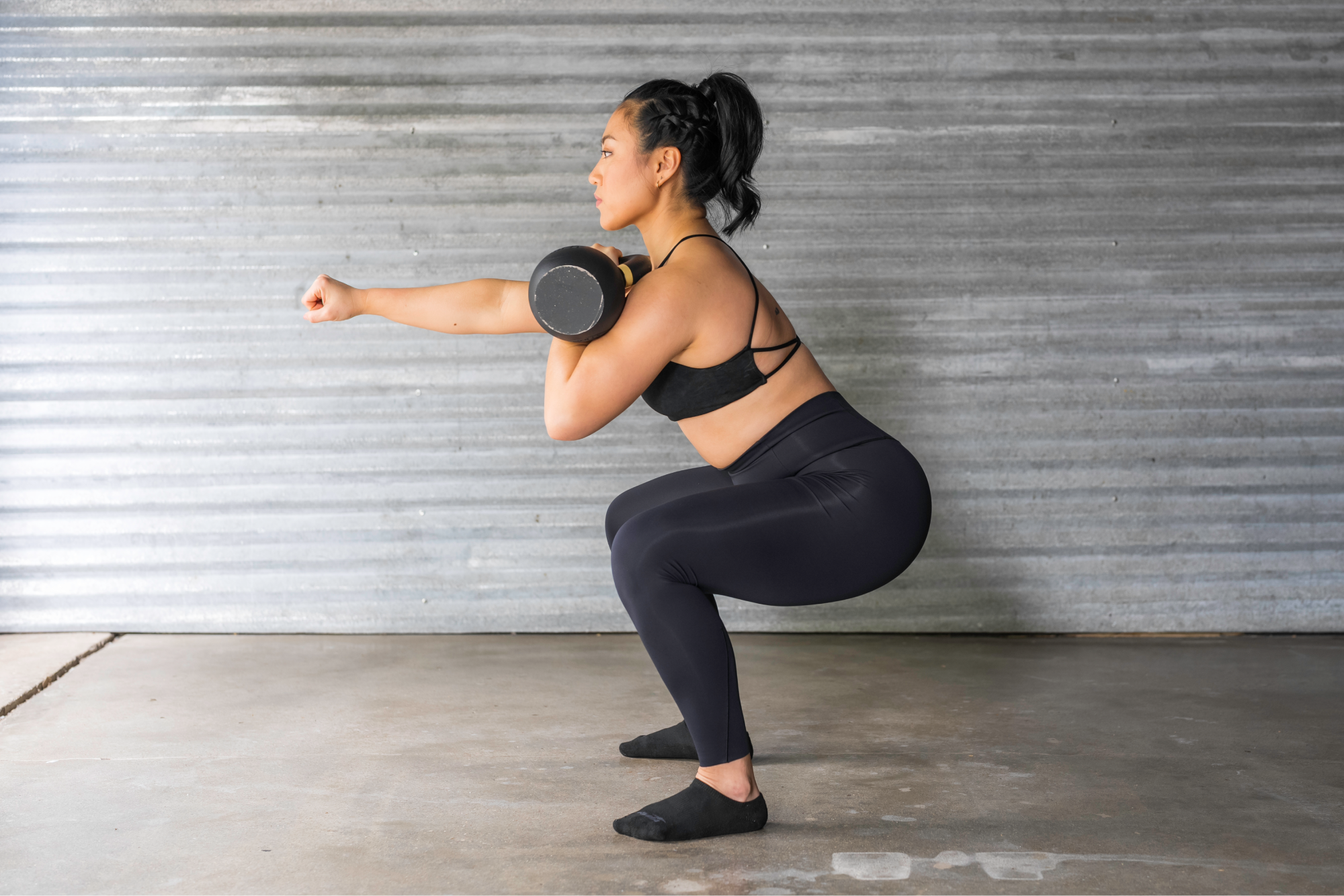8 Reasons to Track the Amount of Weight You’re Lifting

For many of us, tracking your weight used to mean recording the number on the scale. But we want to change that! A much better measurement of progress on your fitness journey is keeping tabs on the amount of weight you’re lifting.
Tracking the amount of weight you're lifting is a game-changing practice that can benefit your workouts in numerous ways. It helps you measure progress, set achievable goals, avoid plateaus, boost confidence, and celebrate your achievements!
And here’s the exciting news: You can now do that in the Fit Body app!
The next time you hit the gym or your home workout space, keep a record of those weights. You'll be amazed at how this simple practice can elevate your fitness experience and help you achieve your goals faster than you ever thought possible!
If you’ve never tracked your weights before, here are eight reasons to start.

1. Measure Your Progress
One of the most obvious reasons to track the weight you're lifting is to measure your progress accurately. Whether your goal is to increase muscle mass, boost strength, or improve endurance, knowing where you started and how far you've come is essential.
When you keep a record of the weights you lift, you'll have a clear picture of your advancements over time. And this data can be incredibly motivating as you see yourself getting stronger and fitter.
2. Set Achievable Goals
Tracking your weights allows you to set realistic and achievable goals. Without a baseline, it's challenging to establish targets for your workouts. When you have a record of your previous lifts, you can set specific, measurable, and attainable goals.
For instance, if you've been lifting 10-pound dumbbells for biceps curls, you can aim to increase that weight to 15 pounds within a certain timeframe, upping your weights in increments of 1 to 2 pounds for upper-body exercises and 5 pounds for lower-body exercises.
3. Avoid Plateaus
Sticking to the same weight for too long can stall your progress. Your body adapts to a certain level of resistance, and without increasing the weight, you might find that your gains stagnate. Tracking your weights helps you identify when you've reached a plateau and need to challenge yourself with heavier loads.
It's a fantastic way to keep your workouts dynamic and ensure progressive overload: the principle that in order to get stronger, you need to place additional resistance on your muscles.
4. Ensure Safety
Safety should always be your top priority in your workouts. Tracking the amount of weight you're lifting ensures that you're not pushing yourself too hard or lifting weights that are too heavy, potentially leading to injury.
One guideline that some trainers use is the 10-percent rule. When a weight feels easy for your current number of reps and sets, try upping the weight by about 10 percent. So if you can deadlift 50 pounds, you’d increase to 55. You can also increase the weight by more than that, if you simultaneously decrease the number of reps.
5. Enhance Accountability
Accountability is a powerful motivator. When you track your weights, you'll be more inclined to stick to your exercise routine when you have a clear record of your efforts.
Additionally, sharing your progress with a workout partner, trainer, or the Fit Body community can provide an extra layer of accountability and encouragement.
6. Boost Confidence
Seeing tangible evidence of your strength and fitness improvements can significantly boost your confidence. It's a reminder of how far you've come and what your body is capable of achieving. And that confidence in the gym can translate to increased self-assurance in other areas of your life.
7. Customize Your Workouts
Tracking your weights allows you to customize your workouts to suit your goals. If your aim is muscle growth (hypertrophy), you'll typically lift heavier weights for fewer reps. If you're focusing on endurance, you might opt for lighter weights and more reps. By monitoring your weights, you can tailor your workouts to align with your specific objectives.
8. Celebrate Achievements
Finally, tracking your weights provides an opportunity to celebrate your achievements. When you reach a new personal best or hit a milestone, take a moment to acknowledge and celebrate your success! Recognizing your progress can be incredibly satisfying and motivating.
![]()
Weight Tracking in the Fit Body App
Now you can gain all the benefits of tracking your weights and reps with the newest feature in the Fit Body App. Here’s how to get started:
- When you start a new workout, select the plus sign right next to weight in the exercise.
- Log the weights you are using and the reps you will do for each set. You can log different weights for each set.
- To see the weights and reps you used in the past, select the "History" tab to see your weight tracker history.
- By clicking on "My Performance" after you finish your workout, you can review what you recorded for that workout.
- You can see your full history whenever you want by selecting the "Weight Tracker" option in your Program Preferences or in your Profile.
If you haven’t already done so, make sure you update your app so you can start maximizing your Fit Body workouts with the Weight Tracking feature!



